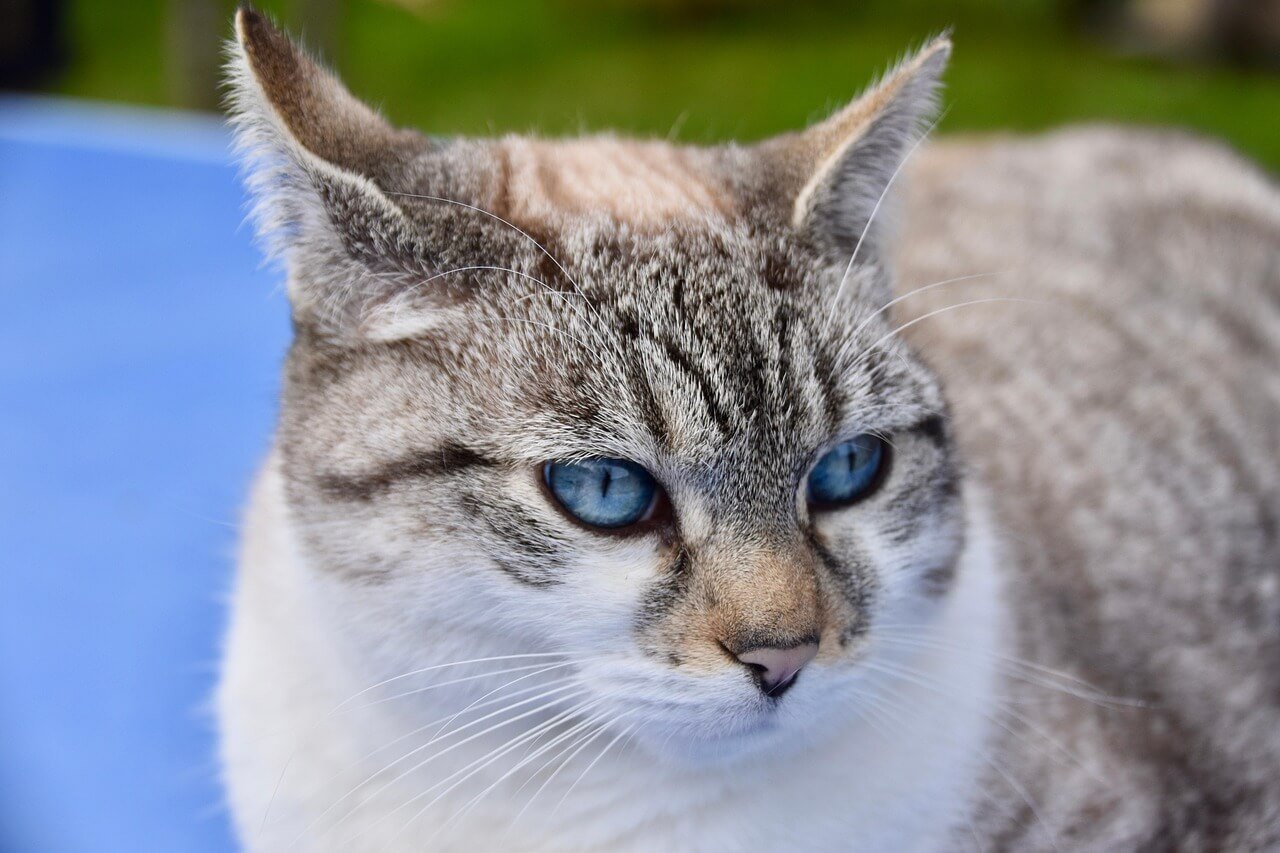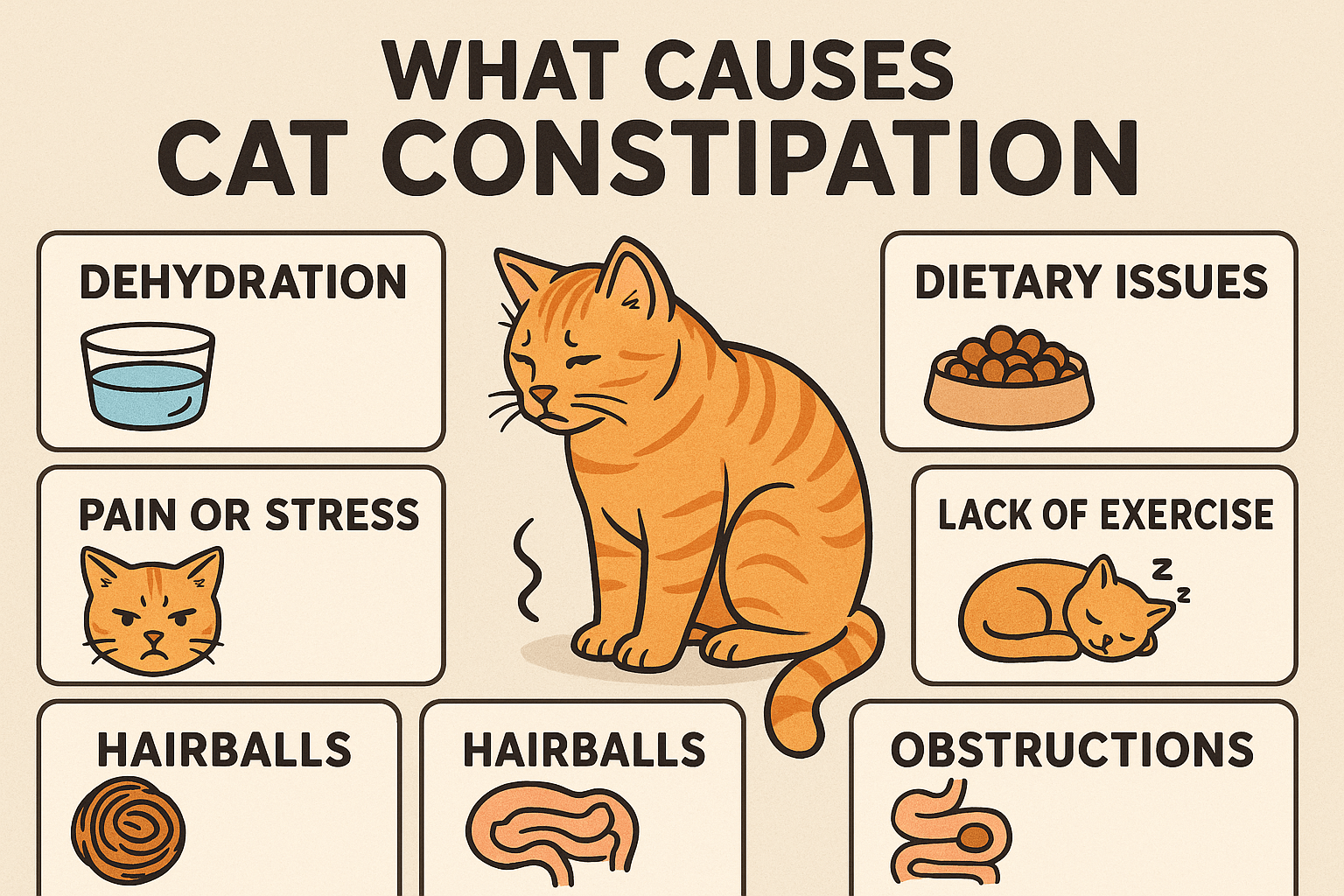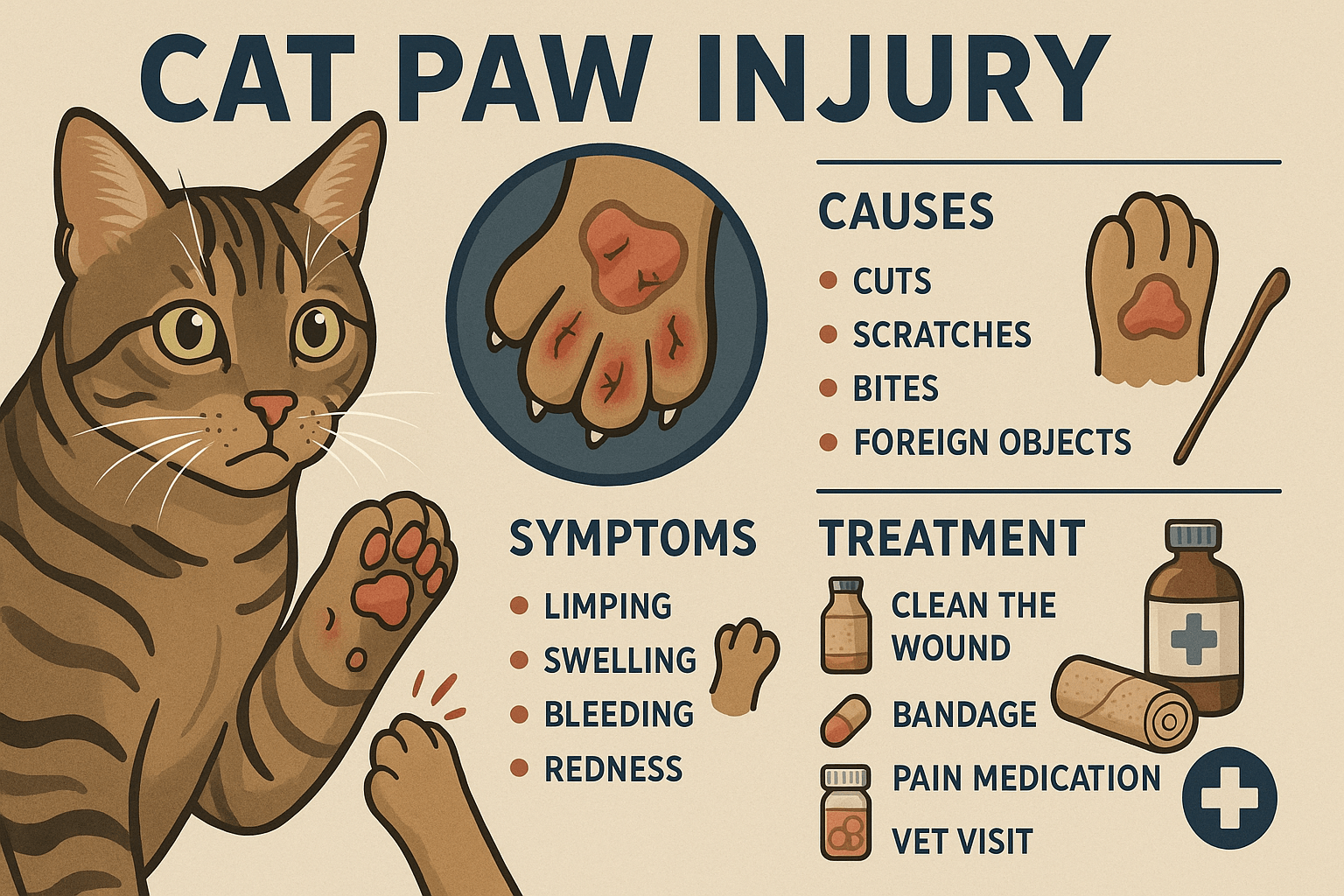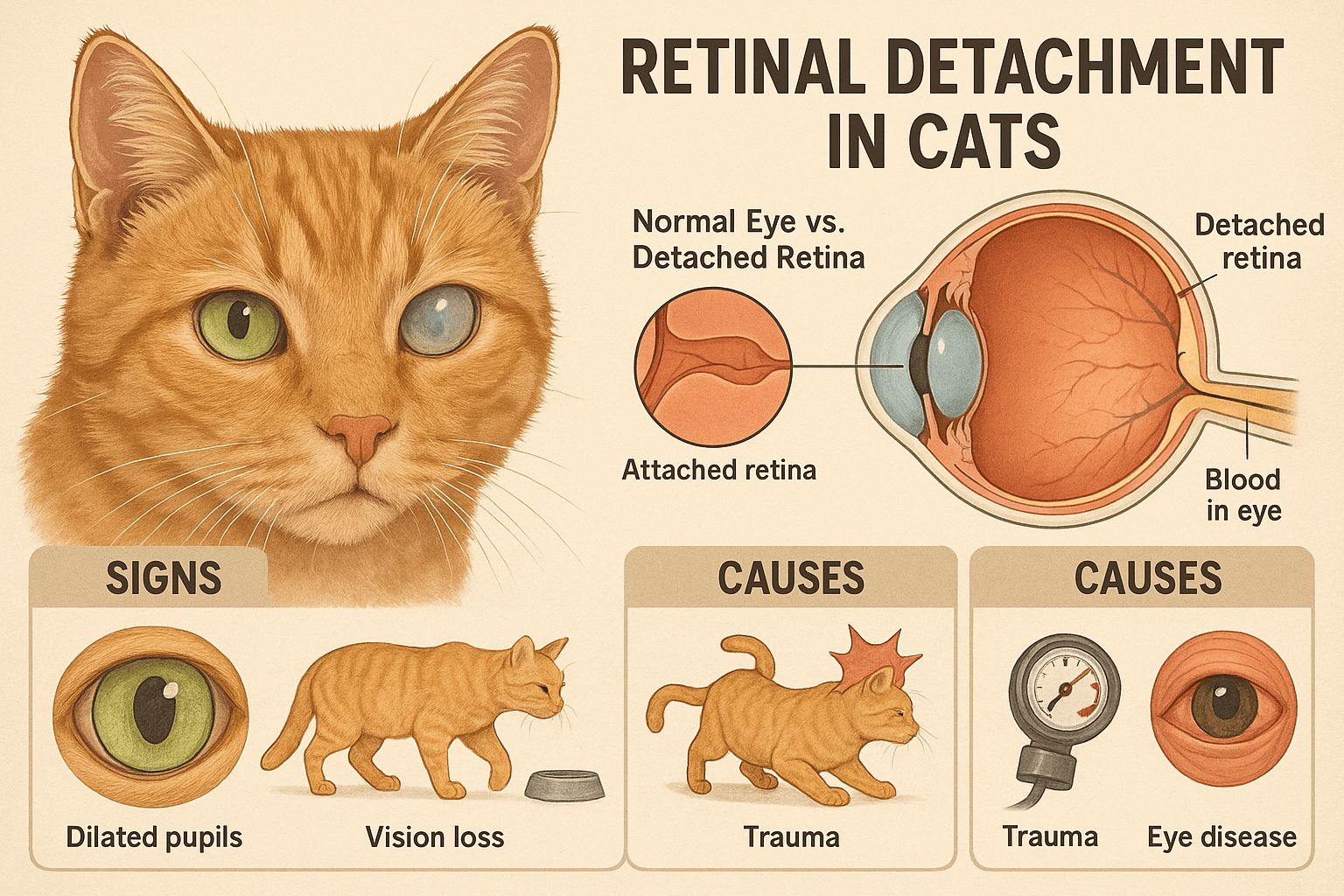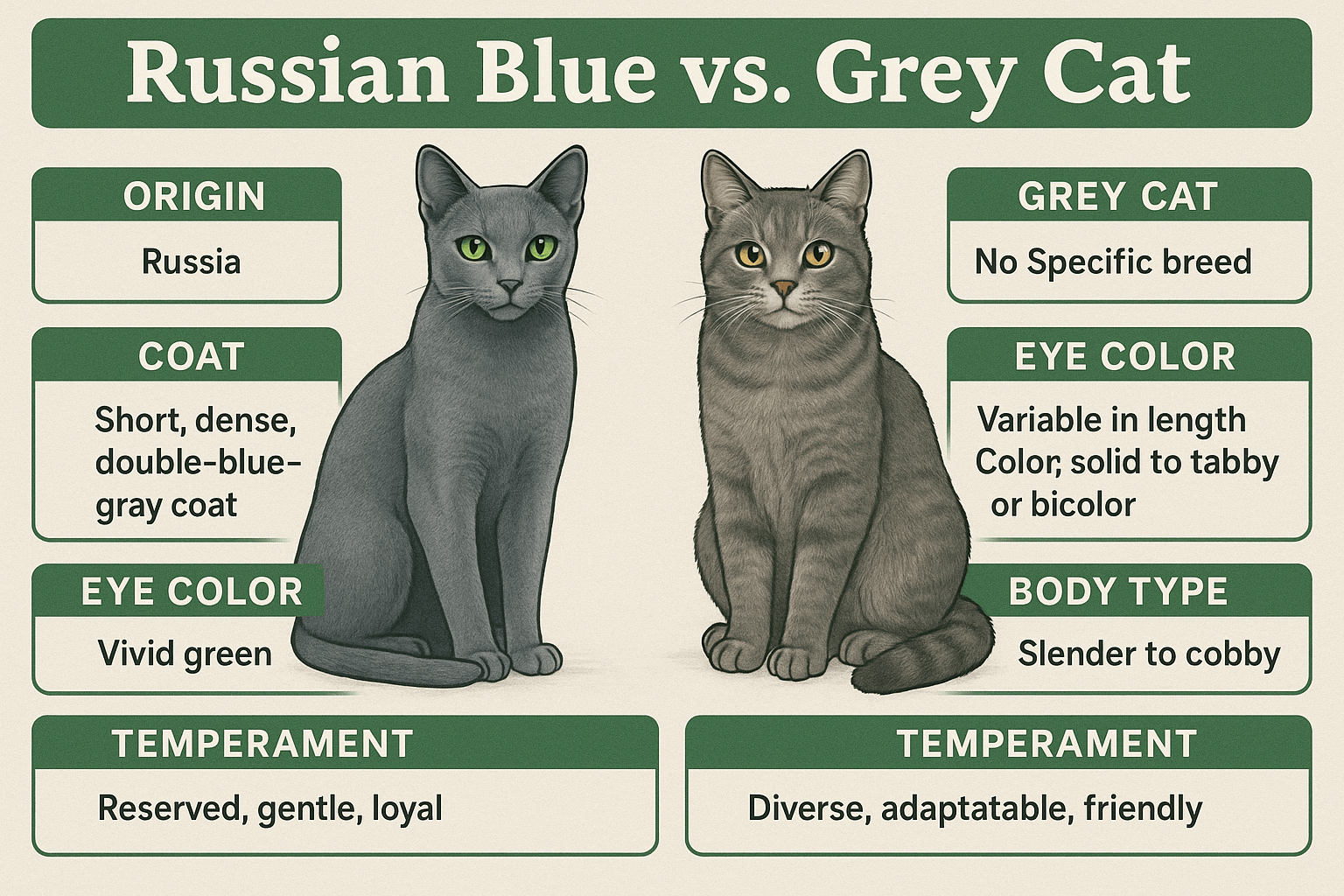Understanding Crystals in Cat Urine: What Every Pet Owner Should Know
Caring for a feline companion comes with its own set of challenges, and one issue that can cause concern is the presence of crystals in cat urine. These tiny mineral formations may seem harmless at first, but they can lead to serious health problems if left untreated. As a cat owner, it’s essential to understand what causes these crystals, how to recognize the signs, and what steps you can take to ensure your pet stays healthy and happy. In this guide, we’ll explore everything you need to know about crystals in cat urine, from prevention to treatment, so you can provide the best care possible for your furry friend.
Recognizing the Warning Signs
If your cat is experiencing urinary crystals, they may exhibit certain behaviors or physical symptoms that indicate something is wrong. Since cats are masters at hiding discomfort, it’s crucial to pay close attention to any changes in their habits. Here are some common signs to watch for:
Frequent trips to the litter box
Straining or crying while urinating
Blood in the urine
Licking their genital area excessively
Urinating outside the litter box
If you notice any of these signs, it’s important to consult a veterinarian promptly. Early detection and treatment can make a significant difference in your cat’s recovery and overall well-being.
What Leads to the Formation of Urinary Crystals?
The development of crystals in cat urine is often linked to a combination of dietary, environmental, and biological factors. Understanding these causes can help you take preventive measures to protect your cat’s urinary health. Below are some common contributors:
Imbalanced diet high in certain minerals
Dehydration or insufficient water intake
pH imbalance in the urine
Genetic predisposition
Stress or anxiety
By addressing these factors, you can significantly reduce the risk of urinary crystals forming in your cat. A proactive approach to their diet and lifestyle can go a long way in maintaining their urinary tract health.
Check this guide 👉Can Cat Urine Kill You? Best 7 Expert Tips!
Check this guide 👉Can Cat Urine Make You Sick? Best 7 Expert Tips!
Check this guide 👉Top 3 Best Cat Urine Removers: Eliminate Odors Instantly!
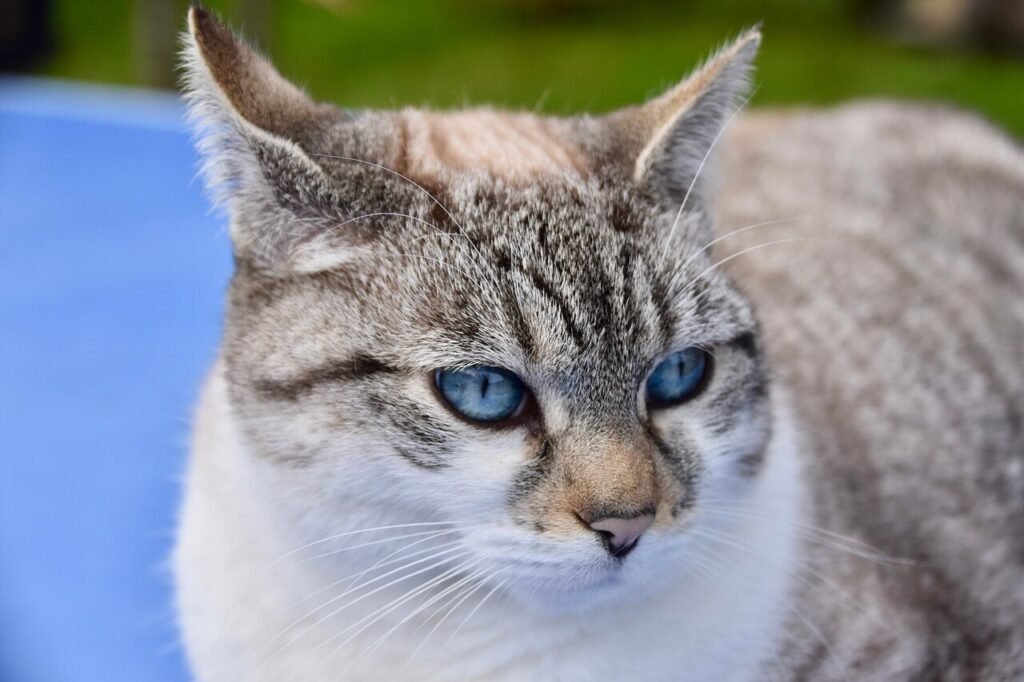
Preventive Measures | Treatment Options |
|---|---|
Provide fresh water daily | Veterinary-prescribed medication |
Feed a balanced, vet-approved diet | Increase hydration through wet food |
Monitor urinary pH levels | Address underlying health conditions |
Reduce stress in the environment | Surgery for severe blockages |
Schedule regular vet check-ups | Pain management and supportive care |
Understanding the Different Types of Crystals
Urinary crystals in cats can vary in composition, and identifying the type is crucial for effective treatment. Each type forms under specific conditions and requires tailored care. Here are the most common types of crystals found in cat urine:
Struvite crystals
Calcium oxalate crystals
Urate crystals
Ammonium urate crystals
Silica crystals
Knowing which type of crystal your cat has can help your veterinarian develop an appropriate treatment plan. Always rely on professional guidance to ensure accurate diagnosis and care.
How to Keep Your Cat’s Urinary Tract Healthy
Preventing urinary crystals involves a combination of dietary adjustments, lifestyle changes, and regular monitoring. By taking these steps, you can minimize the risk of your cat developing this uncomfortable condition. Here are some practical tips to consider:
Offer multiple water sources to encourage drinking
Choose high-quality, moisture-rich food
Avoid sudden changes in diet
Maintain a clean and stress-free environment
Schedule routine veterinary exams
With consistent effort and attention, you can help your cat maintain optimal urinary health and reduce the likelihood of crystal formation.
Debunking Myths Surrounding Urinary Crystals
There are many misconceptions about urinary crystals in cats, and these myths can sometimes lead to confusion or improper care. To ensure you’re making informed decisions, let’s clear up some common misunderstandings:
Crystals always mean a urinary tract infection (UTI)
Only male cats are at risk of blockages
Wet food is unnecessary if your cat drinks enough water
Crystals can be flushed out with home remedies
All cats will show obvious symptoms
Understanding the truth behind these misconceptions can help you take the right steps for your cat’s health. Always rely on veterinary guidance rather than assumptions to address urinary crystal concerns.
Dietary Choices to Steer Clear Of
If your cat is prone to urinary crystals, certain foods can exacerbate the problem and should be avoided. Making mindful dietary choices is essential for preventing recurrence. Here are some foods to keep off the menu:
High-sodium dry kibble
Foods high in magnesium or phosphorus
Excessive treats or table scraps
Cheap commercial cat food with fillers
Diets lacking moisture content
By eliminating these foods from your cat’s diet, you can reduce the risk of crystal formation. Always consult your vet before making significant changes to your cat’s nutrition plan.
How to Know Your Efforts Are Working
When treating urinary crystals, it’s important to monitor your cat’s progress to determine if the treatment plan is effective. Positive changes in behavior and health can indicate that your cat is on the mend. Here are some signs that your cat is improving:
Consistent use of the litter box
Reduced straining during urination
Clear urine without blood
Decreased licking of the genital area
Increased energy and playfulness
These signs suggest that your cat is responding well to treatment. However, continue working closely with your veterinarian to ensure a full recovery and long-term health.
Frequently Asked Questions About Crystals in Cat Urine
What are urinary crystals in cats?
Urinary crystals are mineral formations that can develop in a cat’s urinary tract, often caused by dietary imbalances or dehydration.
Are urinary crystals dangerous?
While small amounts may not be harmful, large crystals can lead to blockages or infections, which require immediate veterinary attention.
Can diet affect urinary crystals?
Yes, a diet high in certain minerals or lacking proper hydration can contribute to crystal formation.
How can I tell if my cat has urinary crystals?
Signs include frequent urination, straining, blood in urine, and urinating outside the litter box.
Is treatment for urinary crystals expensive?
Costs vary depending on the severity of the condition, but early intervention can help reduce expenses and improve outcomes.
Final Thoughts: Prioritizing Your Cat’s Urinary Health
Caring for a cat with urinary crystals can feel overwhelming, but with the right knowledge and resources, you can manage this condition effectively. By understanding the causes, recognizing the signs, and taking preventive measures, you can ensure your feline friend enjoys a happy, healthy life. Remember, your veterinarian is your greatest ally in navigating this challenge, so don’t hesitate to reach out for professional advice. With love, patience, and dedication, you can keep your cat’s urinary system functioning smoothly and strengthen the bond you share.
What Causes Cat Constipation? Best 7 Expert Tips! Discover common causes, symptoms, and solutions for cat constipation to keep your feline healthy and comfortable.
Cat Paw Injury: Best 7 Expert Tips! Discover essential advice on identifying, treating, and preventing cat paw injuries to keep your feline friend healthy and happy.
Retinal Detachment in Cats: Best 7 Expert Tips! Learn to identify symptoms, understand causes, and explore treatment options to protect your cat’s vision effectively.
Russian Blue vs Grey Cat: Best 7 Expert Tips! Discover key differences, unique traits, and expert advice to help you choose between a Russian Blue and a generic grey cat for your perfect feline companion.

